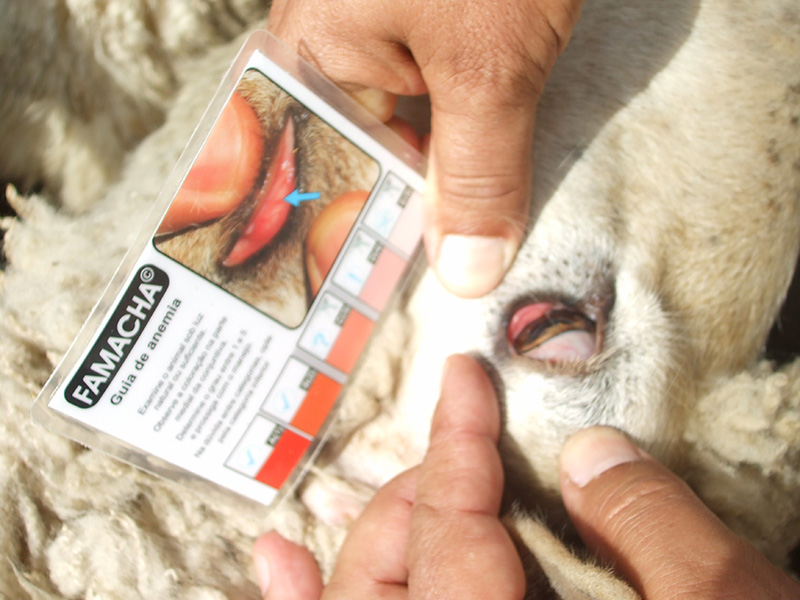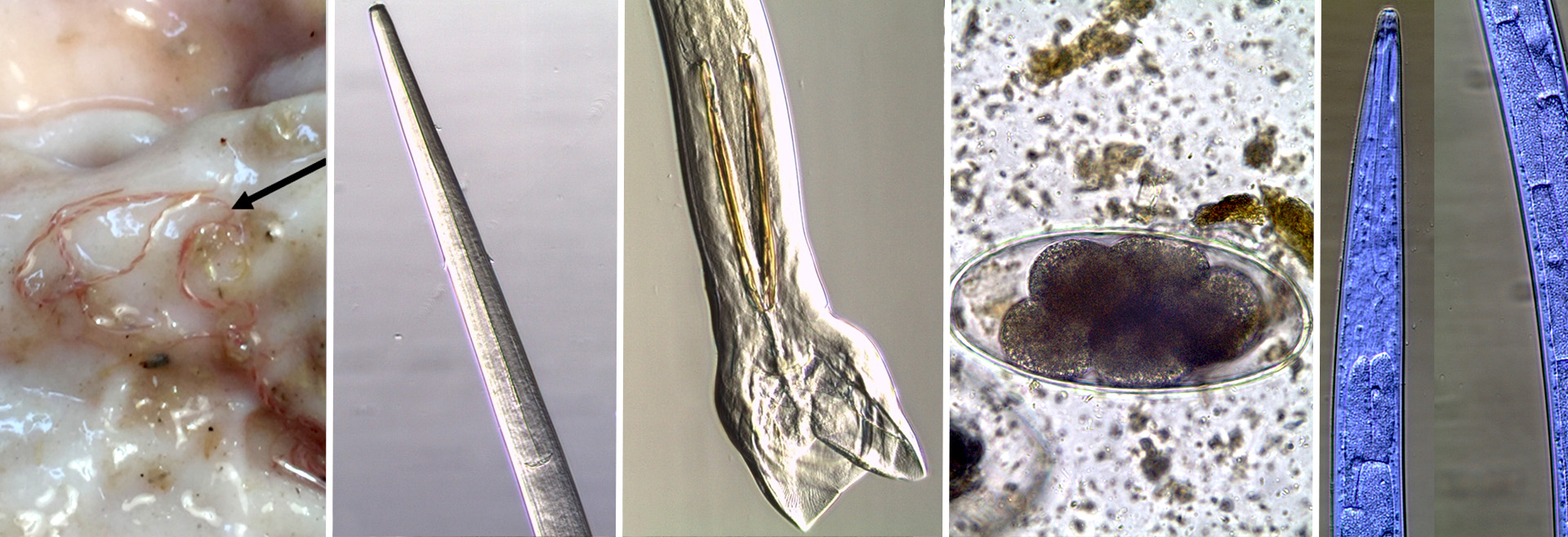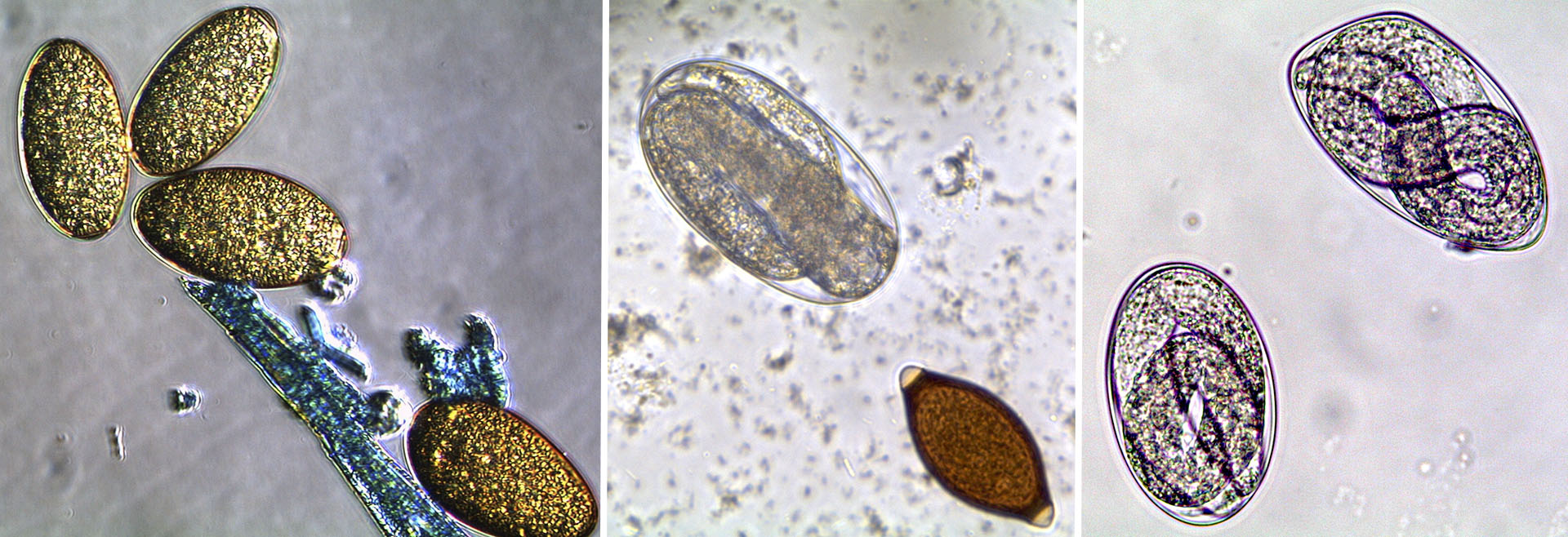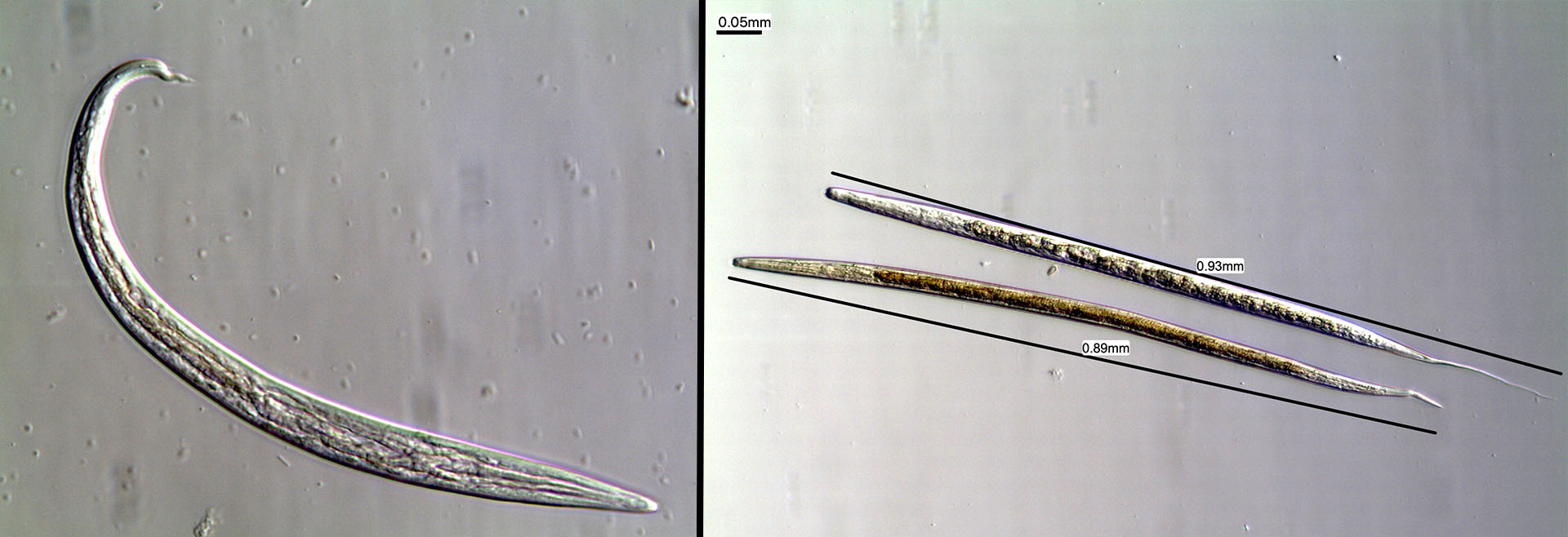
The FAMACHA© system is part of the options for integrated control of gastrointestinal parasites. It is a targeted treatment method, aimed at individually identifying animals that need to be dewormed. Decreasing the number of treatments delays the development of resistance to anthelmintic while reducing farm costs.
The system was developed specifically to detect animals infected with Haemonchus contortus, and is indicated for regions where this parasite is prevalent. Haemonchus contortus is a hematophagous parasite, associated with significant blood spoliation, therefore the main clinical sign of this parsitosis is anaemia.
The FAMACHA© method allows to evaluate the degree of anaemia of the animals based on the colour of the conjunctiva of the eye through a colour scale specially developed for this purpose. Each colour has a score from 1 to 5, corresponding to the degree of anaemia, which in turn correlates with the severity of infection with H. contortus.
Animals with scores of 1 and 2 do not need to be dewormed (unless there is evidence of parasitic disease, such as diarrhoea or loss of body condition). In the case of a score 3, treatment is recommended when more than 10% of the herd has a score of 4 and 5, if they are lambs, or if the animals have poor body condition. Animals with scores of 4 and 5 should always be dewormed.
In this study, animals were individually evaluated using the FAMACHA© system and their haematocrit determined laboratorially to verify the sensitivity of the method.
The blue, yellow, orange and red bars represent the percentage of animals scoring 1, 2, 3 and 4, respectively.
The box-plot shows the haematocrit values obtained for the different FAMACHA© scores. The horizontal line dividing the box indicates the median observed haematocrit value, the lower line the minimum value, and the upper line the maximum value. Outliers are represented by a circle.
Higher scores correspond to lower haematocrit values and vice versa, showing the suitability of the method for determining the degree of anaemia of animals under field conditions.


















